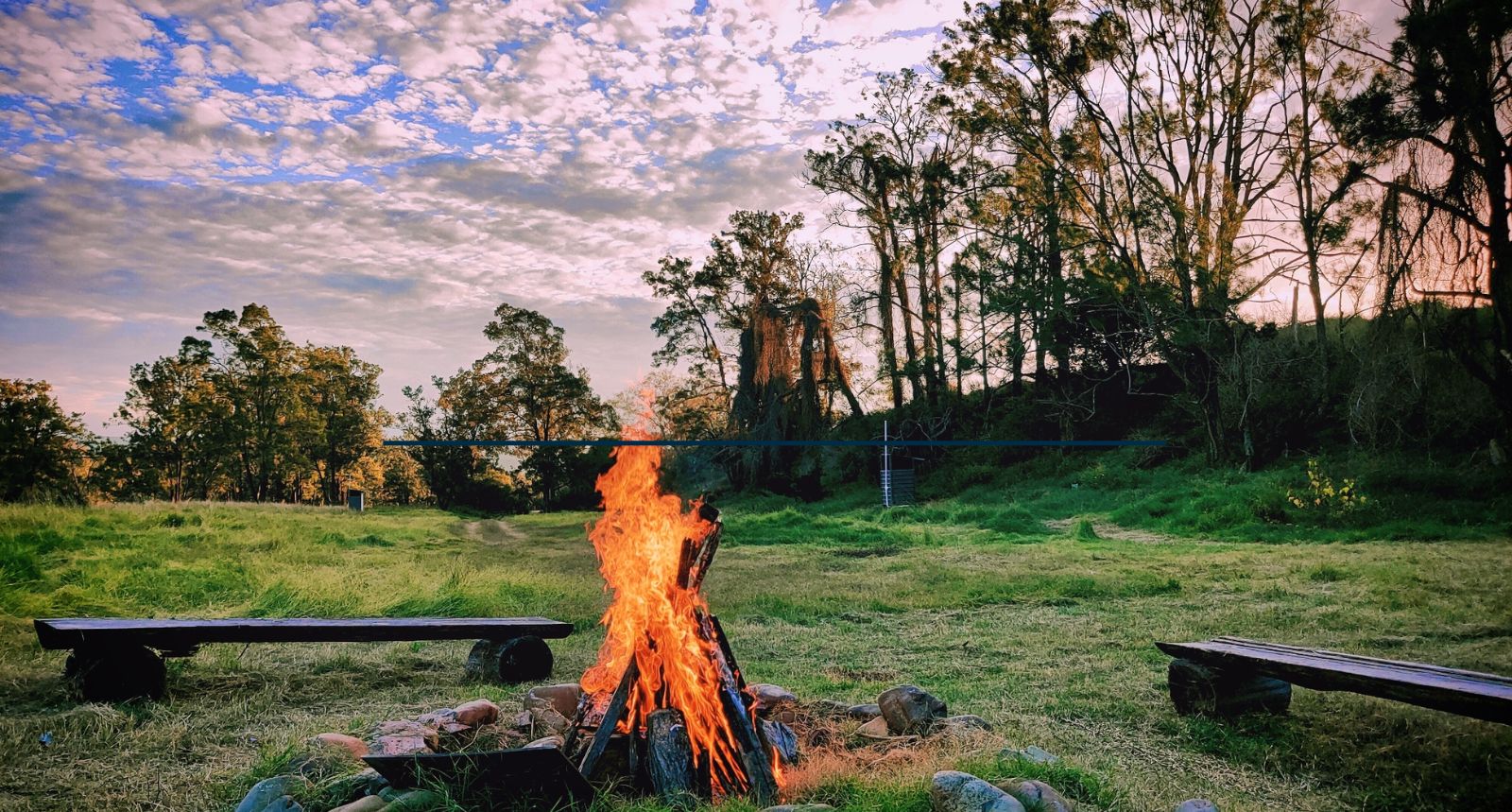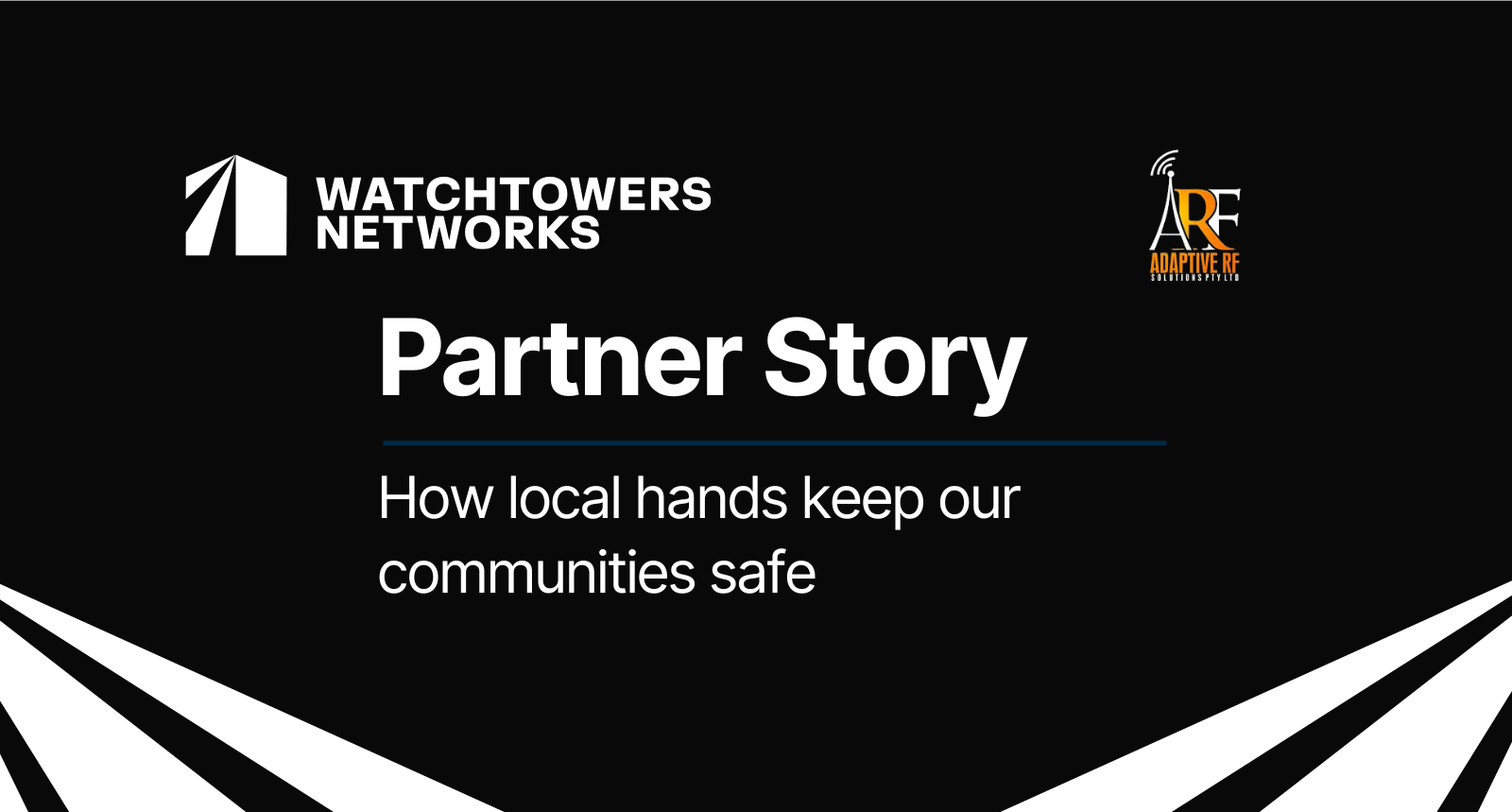When you're creating solutions to real-world problems, building in isolation - or in a bubble, if you will - rarely leads to the right outcomes. This is hardly a new principle; in fact, it’s at the heart of design thinking, a human-centered approach that emphasises empathy, collaboration and iterative development to address the actual needs and requirements of your end users.
But in the world of emergency response, where every second counts and every decision carries weight, this principle takes on a sharper edge. Lives, property and entire communities depend on tools and systems that are not just functional, but deeply aligned with the realities of the people using them. For technologists like me, that means stepping outside the bubble of what technology can do and focusing instead on what it must do to make a real impact.
The WatchTowers story started all the way back in 2019-2020, during Australia’s Black Summer bushfires, and there’s a good reason why five years have passed before we’re officially launching: it’s all about co-development. We realised that to get things right, we needed to take the time - time to work hand-in-hand with the people who will rely on these tools. Among others, that included the ACT Rural Fire Service, whose insights and workflows helped shape what we’ve built today.
The ACT Rural Fire Service: Shaping solutions together
When we began working with the ACT Rural Fire Service, we quickly realised that traditional fire detection systems faced challenges that couldn’t be solved with off-the-shelf solutions. The old fire tower system had served well for decades, but it had its limitations - and, in some cases, dangers.
At the time, they relied on fire tower operators using binoculars to scan the horizon - a manual process prone to human error and delays. Even more critically, it’s a safety risk to have people up traditional fire towers during the hot summer months, even when there are no fires to contend with. While rooted in tradition and dedication, the old system faced challenges that modern fire seasons demanded we rethink.
Rather than rushing in with a pre-packaged solution, we chose to listen. Over six months, we worked closely with the team to map out their workflows and understand their needs. We spent time with fire tower operators, command centre staff and incident managers to learn how fires were detected, verified and responded to.
What we uncovered was a process that relied on coordination and commitment, but like all processes also had inherent inefficiencies. Operators communicated with other towers via radio to triangulate the location of a fire, while command centre staff manually plotted bearings on maps. With the old methods, detecting and locating a fire could take several minutes, with an accuracy that was once considered adequate but no longer meets the rapid response needs of today's fire events.
The power of building with (not for)
The insights we gained from this collaboration shaped every decision we made. We didn’t start with what the technology could do; we started with what the ACT Rural Fire Service needed it to do: improve speed, accuracy and - perhaps most critically of all - situational awareness.
The result was a dual-camera system powered by AI to automate fire detection. One camera locked onto the fire itself, while the second scanned for new threats - a vital improvement, as fires rarely act alone. This system eliminated the need for manual adjustments and dramatically improved accuracy, reducing the margin of error from a kilometre to just a few metres.
We also developed a centralised platform that gave everyone in the response chain—from tower operators to field crews—real-time access to the same data. This streamlined communication and ensured faster, more coordinated responses, with teams equipped with critical information before they even left their stations. What once required three people now takes one person mere seconds.
Since implementing these initial outcomes in May 2023, we've continued our journey of co-development with over 40 updates and new features introduced to our systems. Each enhancement has been shaped by ongoing dialogue with first responders, ensuring we're not just reacting to past issues but proactively addressing future needs. This iterative process has kept our technology at the forefront of emergency response capabilities.
But perhaps the most significant outcome wasn’t just the technology - it was the trust. Because the ACT Rural Fire Service was involved every step of the way, they trusted the system we built. That trust meant the system was adopted quickly, and its success spread through word of mouth, connecting us to other services with similar challenges.
This was only possible because we took the time to listen, collaborate and build with - not for - the people who needed these tools. Co-development isn’t fast or easy, but it ensures that what you create aligns perfectly with the needs of its users.

A call to build together
The past five years have reinforced for me that the best solutions don’t emerge in isolation. They come from working alongside the people who will use them, learning from their expertise and building systems that support their work.
However, we’re not finished building yet. As we move forward, this co-design approach remains central to everything we do. The challenges of modern fires - and the needs of the people fighting them - will continue to evolve, and so must our solutions. That’s why we’re committed to working with emergency services, responders and communities to co-develop systems that meet the demands of today and tomorrow.
If you’re facing challenges in fire detection, response, or community safety, we’d love to hear from you. Let’s work together to create solutions that save time, resources and most importantly, lives. Because when we build better tools, we build safer communities.




.jpg)